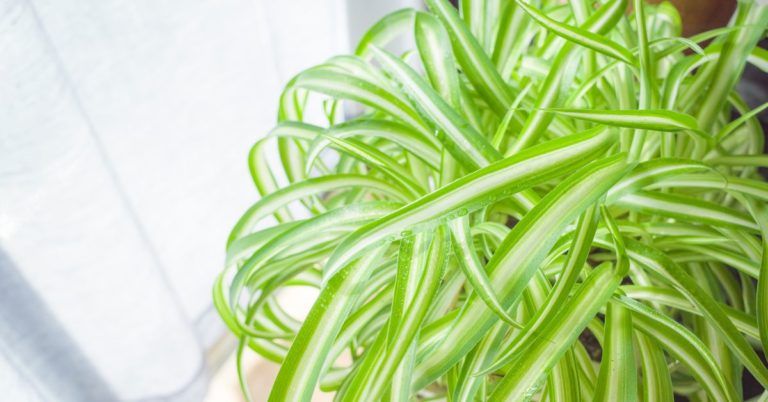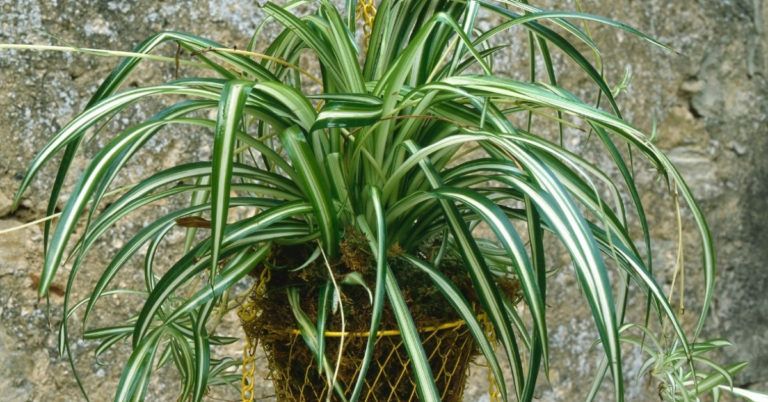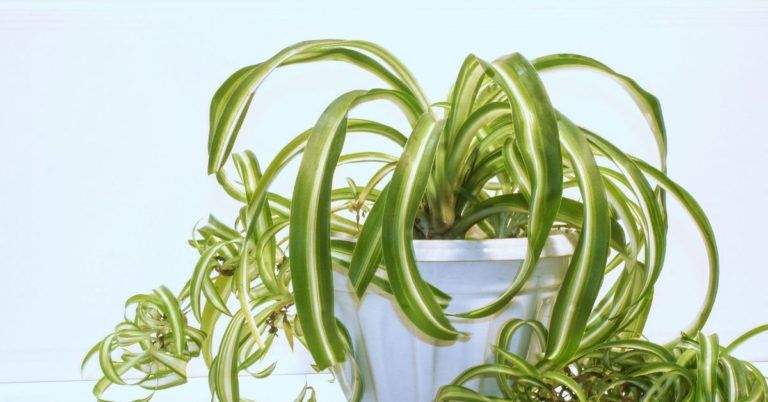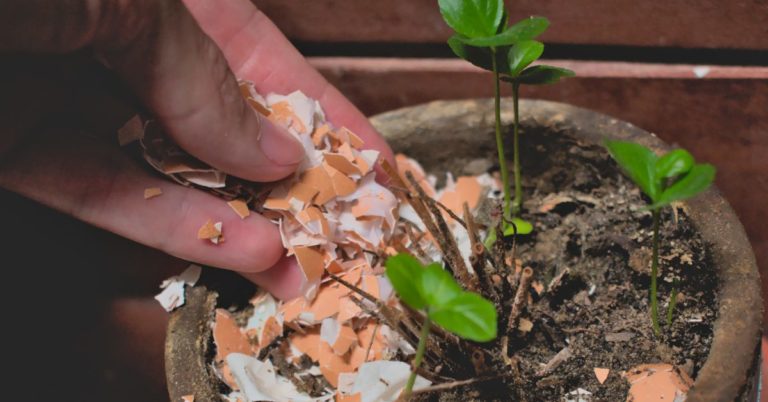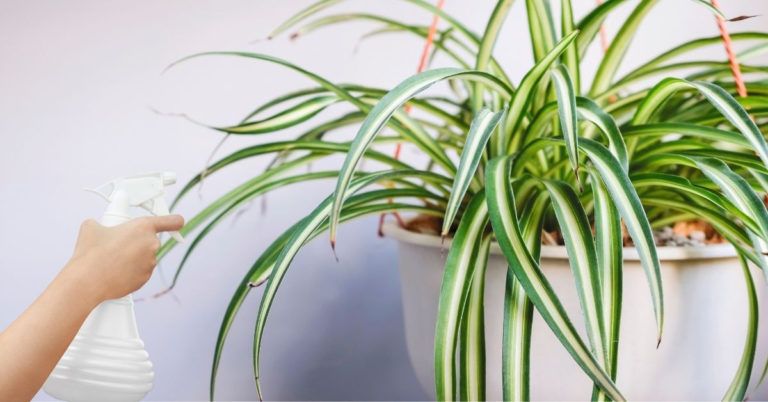How to Revive an Overwatered Spider Plant? (Easy Fix)
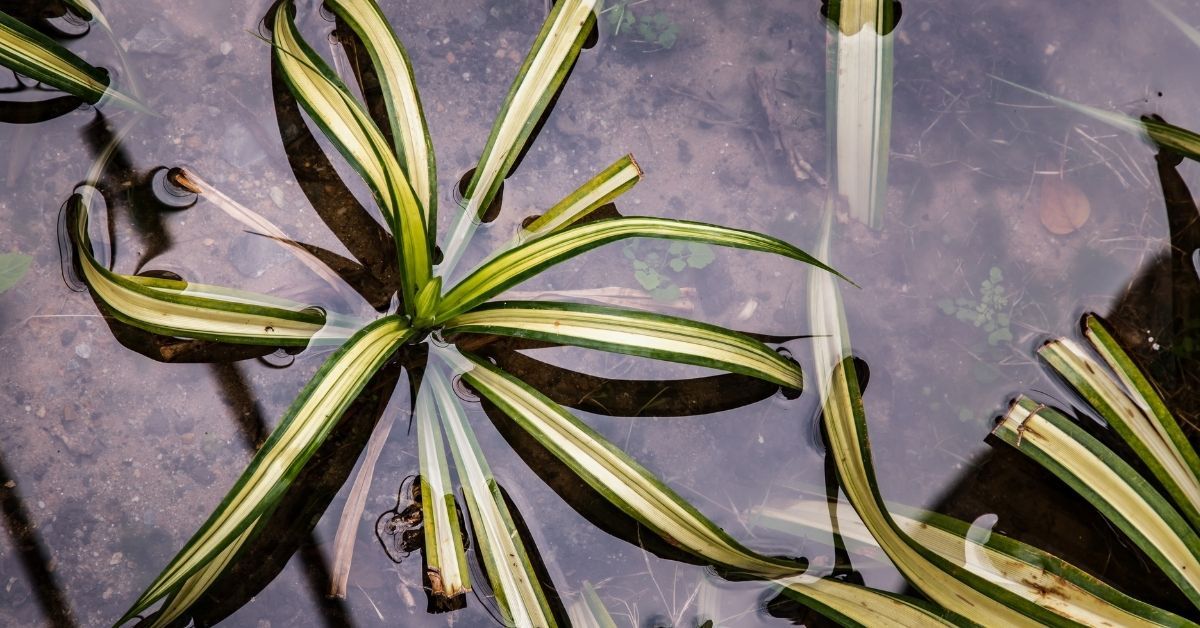
Have you ever had an overwatered spider plant?
If so, you know how frustrating it is when it gets too much water and then starts to wither away and die.
And not only that, but you also lose your gorgeous spider plant forever.
When it comes to watering, most people take it for granted.
They just water their spider plant regularly, and they don’t think about it any further.
But the truth is, if you do this, you’ll kill your spider plant.
And that is because overwatering a spider plant is one of the worst things you can do.
So the question is: how to revive an overwatered spider plant?
In this article, I will show you how you can revive your overwatered spider plant and bring it back to life.
So if you want to save your spider plant, then read on…
How can you tell if a spider plant is overwatered?
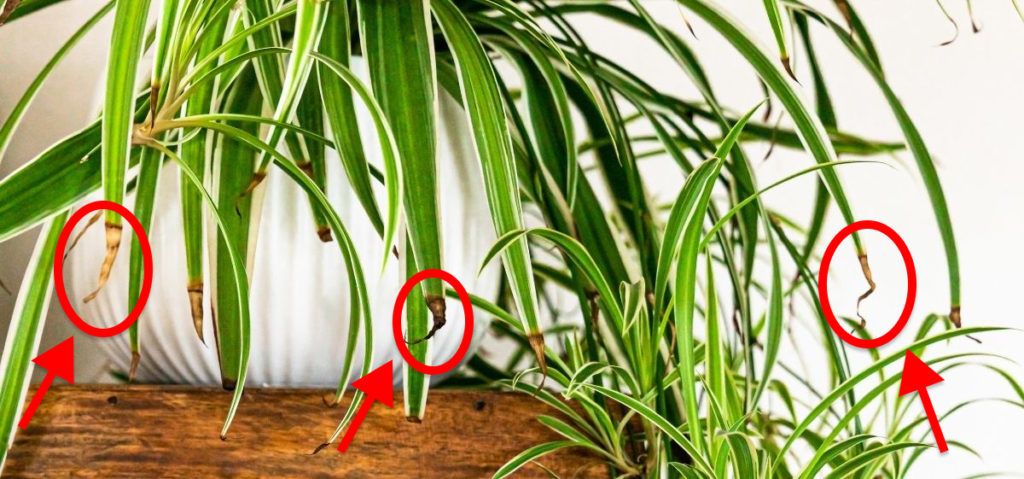
Signs of overwatering can be easy to spot. When your spider plant is overwatered, it will start to let you know right away!
Here are some signs that a spider plant is overwatered:
- Leaves turning yellow or brown
- Brown or black spots on the leaves
- Moldy, wet, and soggy soil
- Some tiny black flies have been seen buzzing around.
If you see those signs above, then your spider plant is overwatered.
You must immediately stop watering and give your spider plant some time to recover.
Remember that overwatering is the number one cause of spider plant death.
Can an overwatered plant be saved?
Yes, you can save an overwatered plant. It just takes some patience, time, and knowledge of how to revive an overwatered spider plant.
But first, let’s look at the various stages of overwatering in your spider plant.
I believe there are two degrees of overwatering your spider plant can experience: moderate and severe.
So what are the signs of a moderately overwatered spider plant?
You will see several brown foliages, black or brown patches on the leaves and stems of your spider plants. You may also spot a tiny amount of mildew on the soil and a few black flies hovering around.
In contrast, the severe overwatering stages happen when your plant has been drenched for an extended period of time and is starting to rot.
In the next section, we will talk about how to save an overwatered plant. So keep on reading.
Also read: Why is My Spider Plant Dying? (7 Possible Causes and Fixes)
How do you fix an overwatered spider plant?
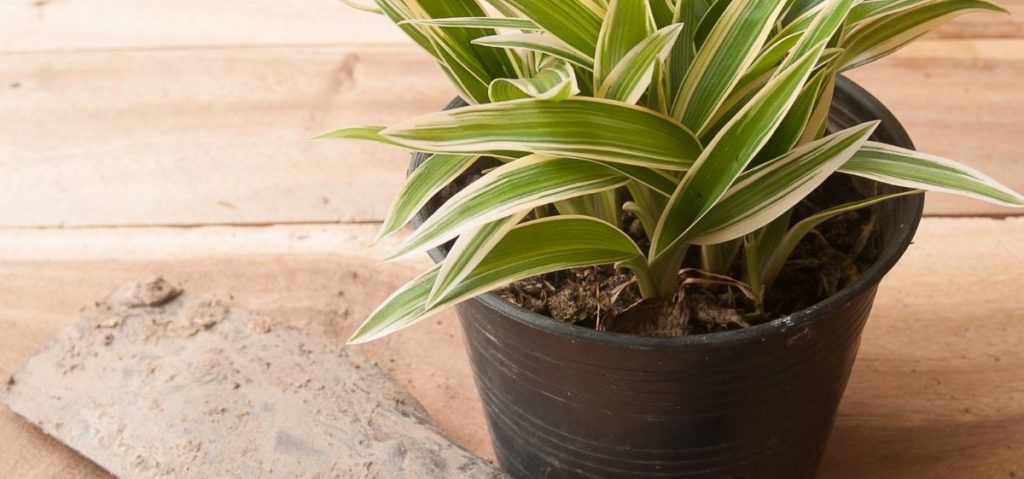
Consequently, the best thing you can do to fix an overwatered spider plant is to stop watering the plant and allow it to recover.
If you don’t, you’ll kill your spider plant and end up losing it forever.
There are a couple of things you can do to fix an overwatered spider plant and help the plant to recover faster.
As soon as you see some signs of overwatering on your spider plant, you must take immediate action.
Here’s what you can do to fix an overwatered spider plant:
First of all, you want to stop watering your plant. You want to cut back the water and give your plant a chance to dry out.
Next, you want to remove any of the affected leaves, clip any brown or yellow tips. You want to do this to your spider plant focus on the good parts and not just the bad parts.
You can use a pair of scissors to remove any dead or damaged leaves. Next, you need to add some fresh potting soil and mix it in with the existing soil.
After that, you should make sure the soil is free of debris.
Finally, aerate the soil to provide the roots access to oxygen and air while also helping the soil to dry more quickly.
Here’s how you can aerate your soil:
Now, how to fix an overwatered spider plant that is in the severe stage?
I’m not going to lie to you; if your spider plant has been overwatered for an extended period of time and is starting to rot, then you will need extra care and time to help revive it.
Firstly, you should repot your spider plant as soon as possible in this scenario. Here are some pointers for repotting your overwatered plant.
You want to get rid of as much soil as possible after removing your spider plant from its pot.
After that, take a close look at the roots.
You should take off any roots that are brown, soft, and mushy.
Unfortunately, if all of your plant’s roots are brown and mushy, it’s too late to revive it.
This condition essentially means the roots have rotten and died, and you’ll have to start over with a new spider plant.
But if some roots look healthy and you can feel some life left in them, you can still try to save the plant.
Otherwise, I would recommend discarding this plant and replacing it with a new one to start over.
When repotting your spider plant, use a dry potting mix, not a wet potting mix.
After moving your spider plant into new soil, water it a little bit; we don’t want to flood the soil; we just want to give the roots a tiny amount of moisture to help them adjust to their new place.
Finally, you should set up a regular checkup procedure instead of watering your spider plant daily.
Once every seven to ten days, test the soil of your spider planted as deeply as possible.
It’s essential to keep in mind that watering frequency changes with the seasons, as well as light, air movement, humidity, and temperature.
To learn more about watering your spider plant, read our guide about how often you should water your spider plants.
Also read: How to Care for a Spider Plant? (Beginner Tips)
Why is your spider plant so limp?
A limp and soft spider plant might be a sign that your spider plant has been overwatered for an extended period of time.
If you’ve been over-watering your spider plant, it could be the reason why it’s so limp and weak.
For this reason, you should always pay attention to your spider plant and water it in moderation.
The most important thing about watering your plants is knowing how often you need to do it and how to tell when they need to be watered.
You can use a variety of methods to monitor the soil moisture of your spider plants.
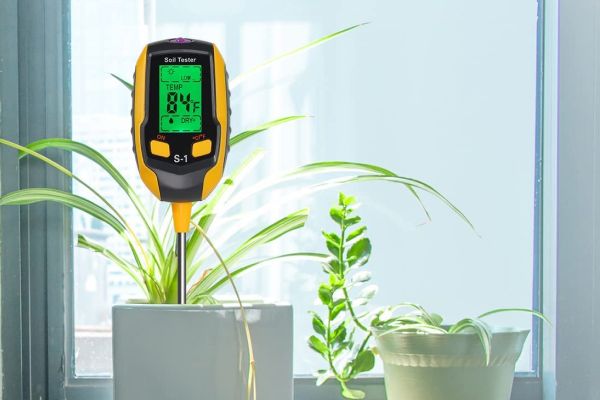
I use a soil moisture meter to determine how much moisture is present in the soil.
With this equipment, I’m able to check the soil accurately and determine when do I need to water my plant.
It’s critical to inspect the soil as thoroughly as possible before watering.
Also read: Why is My Spider Plant Turning Yellow? (Causes and Fixes)
How long does it take for an overwatered plant to heal?
It should take around a week for your overwatered plant to heal from the overwatering that it has undergone.
However, the length of time it takes is determined by various elements, including the amount of light, drainage, soil, and the sort of plant you’re attempting to rescue.
The healing time may be substantially longer depending on these circumstances.
Based on my experience, I’ll give it a week to see what happens with my overwatered plants. Typically, you will begin to notice signs of healing within a week to ten days.
Key Takeaways
Spider plants, just like any other houseplants, are pretty sensitive to overwatering issues.
In fact, overwatering your spider plant can cause your plant to look wilted and die.
To help revive overwatered spider plants, you can do the following:
- Stop watering your spider plants
- Remove damaged leaves and areas.
- Add fresh potting soil and aerate the soil.
- Check on the roots to see how healthy they look.
- Set up a regular checkup procedure instead of watering daily.
Hopefully, this guide will help you revive and save your overwatered spider plant.
Additionally, I hope this guide will assist you in avoiding overwatering your spider plant, allowing it to remain healthy for an extended period of time.
Now I’d like to hear from you:
Have you ever failed to revive an overwatered spider plant? If so, what were the reasons for that?
Please let us know by commenting below.
Also, if you want to learn more about houseplants, please check out our article about how to care for your houseplants.
Thank you, and happy gardening!
